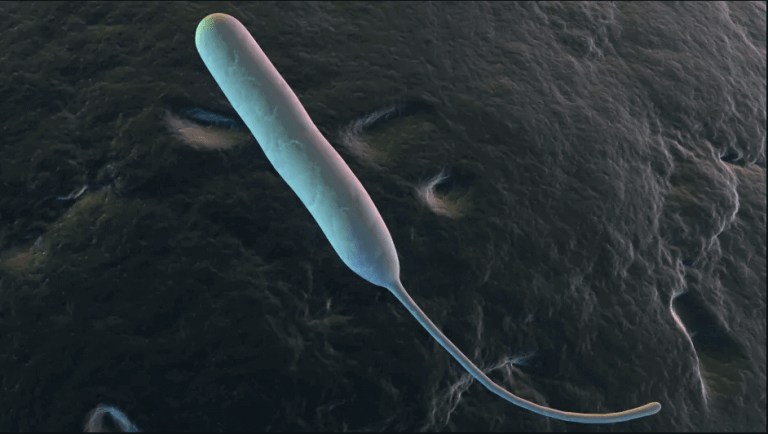Campylobacter

Generally, this one is the most dangerous during the winter months, especially as you and the little ones track in bacteria-friendly dampness on those galoshes.
It causes a potentially deadly disease known as campylobacteriosis, which can be dangerous to people with a compromised immune system, like small children or the elderly. Symptoms include bloody diarrhoea, cramping, abdominal pain and fever.
Campylobacter causes an estimated 1.3 million illnesses each year in the United States.
Most illnesses likely occur due to eating raw or undercooked poultry, or to eating something that touched it. Some are due to contaminated water, contact with animals, or drinking raw (unpasteurized) milk.
Although people with Campylobacter infection usually recover on their own, some need medical treatment.
People with Campylobacter infection usually have diarrhoea (often bloody), fever, and abdominal cramps. The diarrhoea may be accompanied by nausea and vomiting. These symptoms usually start within 2 to 5 days after exposure and last about a week. Some infected people do not have any symptoms.
In people with weakened immune systems, such as people with the blood disorders thalassemia and hypogammaglobulinemia, AIDS, or people receiving chemotherapy, Campylobacter occasionally spreads to the bloodstream and causes a life-threatening infection.
